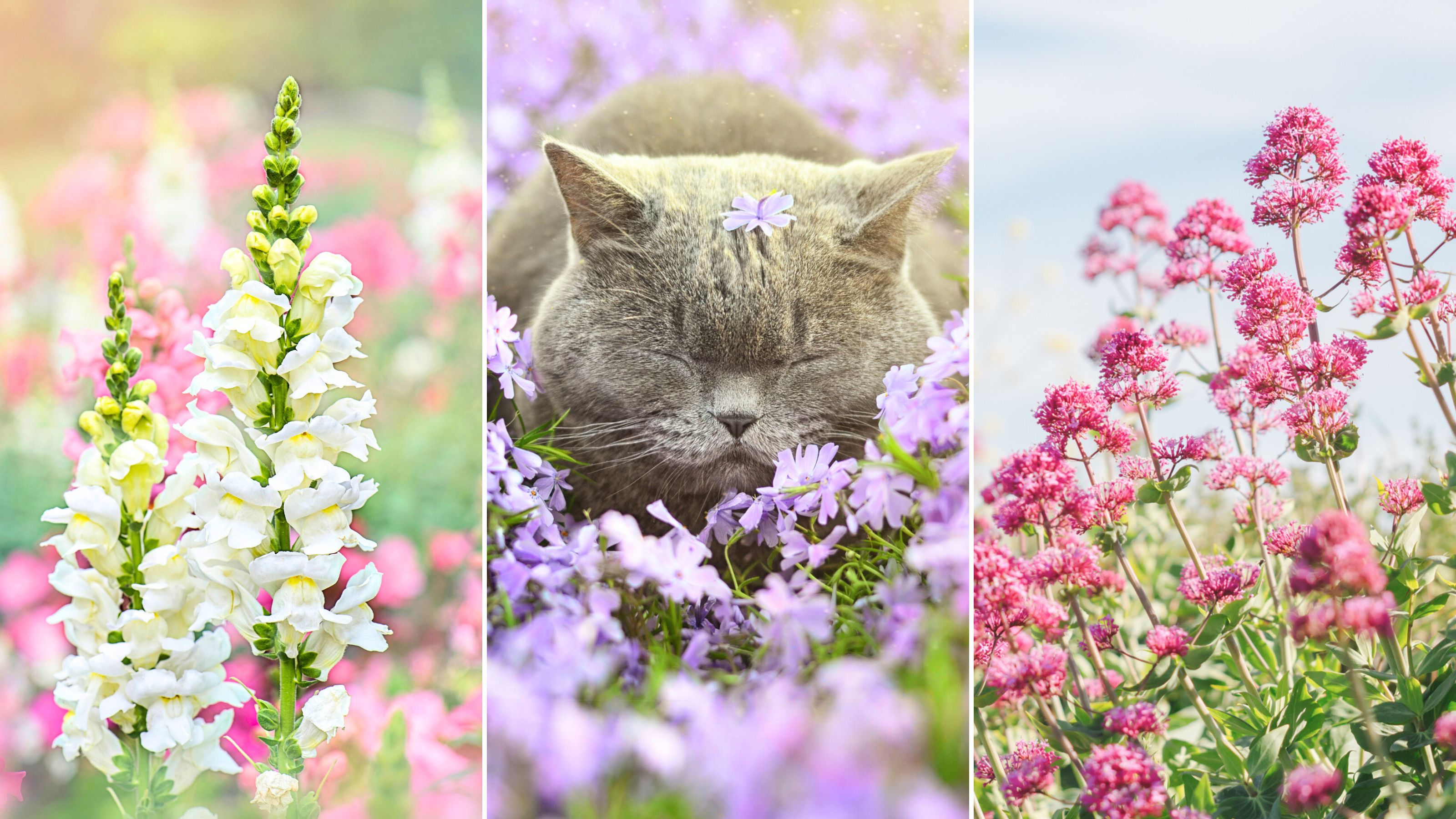

Anna K. Cottrell
From easy-to-grow flowers like sunflowers to perennial shrubs and herbaceous plants, there's a good variety of plants to choose from if you are concerned for your cat's safety when spending time outdoors.
I've spoken with gardening experts to find out the ones they advise reaching for in order to create a sensory experience for your feline friend, as well as being beautiful and impactful from the gardener's point of view.
Avoiding plants that are toxic to cats such as lilies is essential to prevent stomach upsets like vomiting and visits to the vet. Instead, reach for feline favorites like catnip and you're sure to create a floral arrangement your cat will love.
Pretty garden plants that are safe for cats
If you're looking for garden plant ideas, these blooms are all brilliant options. They're all fresh flowers — not dried and definitely not essential oils, as these will be toxic to your pet. The exception to this is lavender: this plant is usually safe for cats in its dried form, but not as a fresh plant.
As well as rounding up useful picks from trusted retailers throughout, I've also put together a gardening essentials kit, so you can start creating your own plant paradise at home.
The prices below were correct at the time of publishing this article.
1. Catnip (Nepeta cataria)
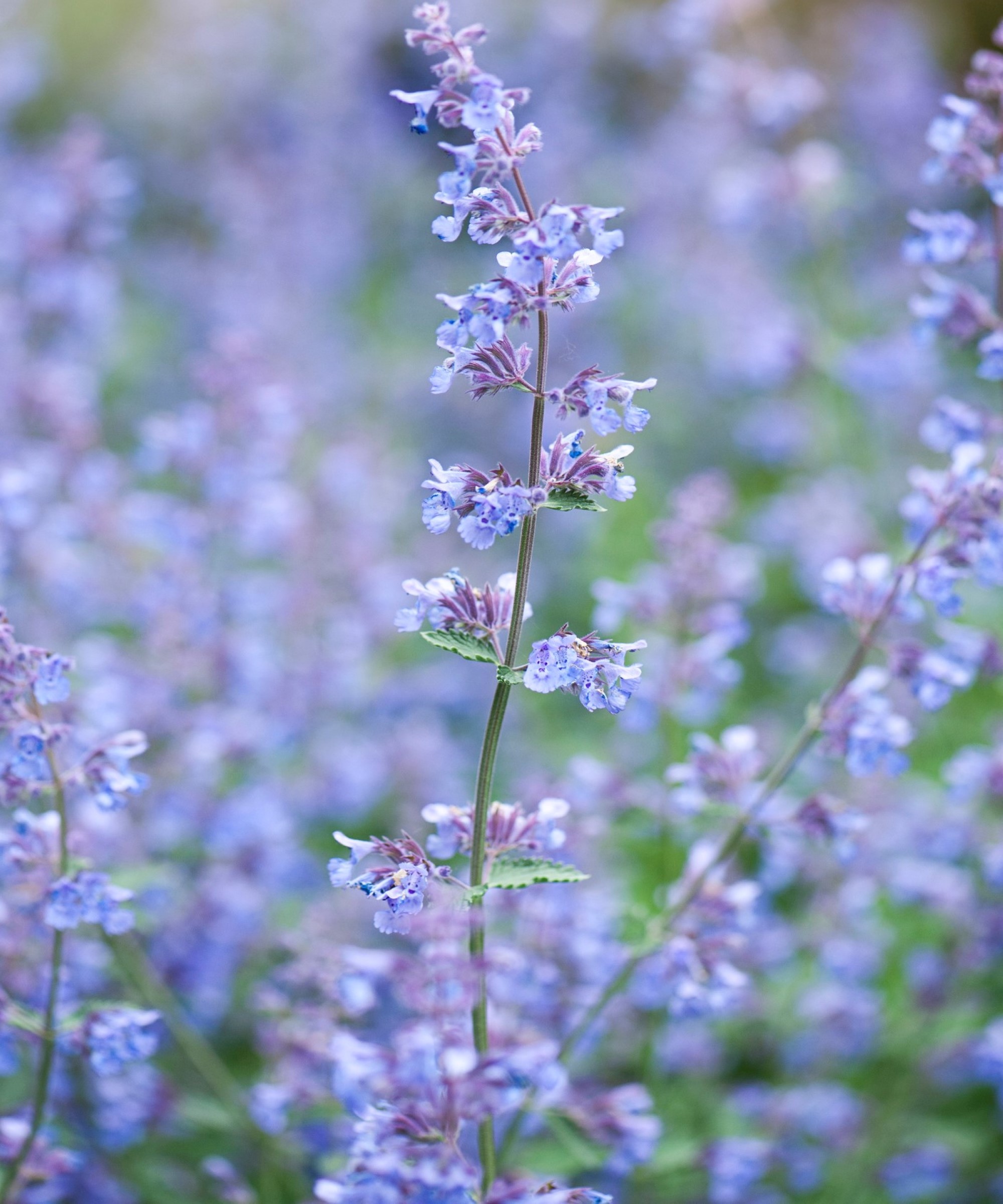
Catnip is our number one recommendation because this plant is not just safe for cats but emits a scent that elicits euphoria among them.
“While not precisely rare, catnip merits a mention for its twin purpose — cats love it, and it's also an extraordinary herb for teas and natural remedies,” says Matthew Wilson, gardening expert and CEO of Handy Gardeners.
“Catnip has nice and scented green leaves and small white to lavender flowers that beautify the area they grow on,” adds Sarah Fletcher, gardening expert and owner of Flower Delivery.
Sarah adds that it’s straightforward to cultivate and is also great for those looking for low-maintenance garden ideas.
To get started on this, simply sow catnip seeds in a planter (the NatureZ Edge Catnip Seeds for Planting from Amazon have over 2,000 five-star reviews) and keep the soil light but not soggy.
2. Bluebeard (Conoclinium coelestinum)
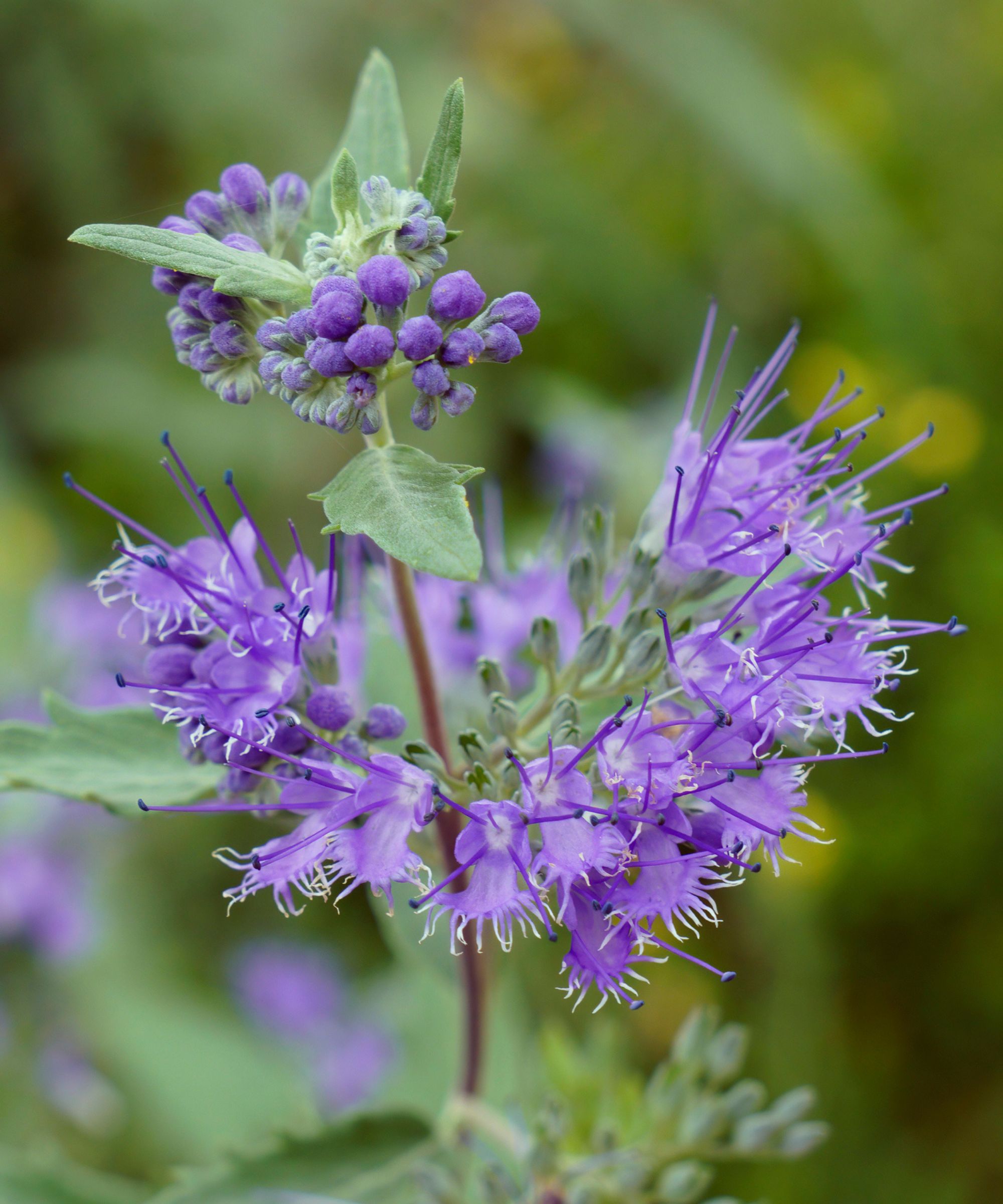
Add vibrant blue hues to your backyard with this plant that is safe for cats and makes a powerful statement.
“These are drought and heat-tolerant, as well as providing plenty of fragrance and foliage,” Matthew says.
This means that they will give your feline friends a lot of shelter and privacy to do their business.
They'll also match any outdoor decor trends you've brought into your space, as this year is all about bold color.
3. Sunflower (Helianthus)
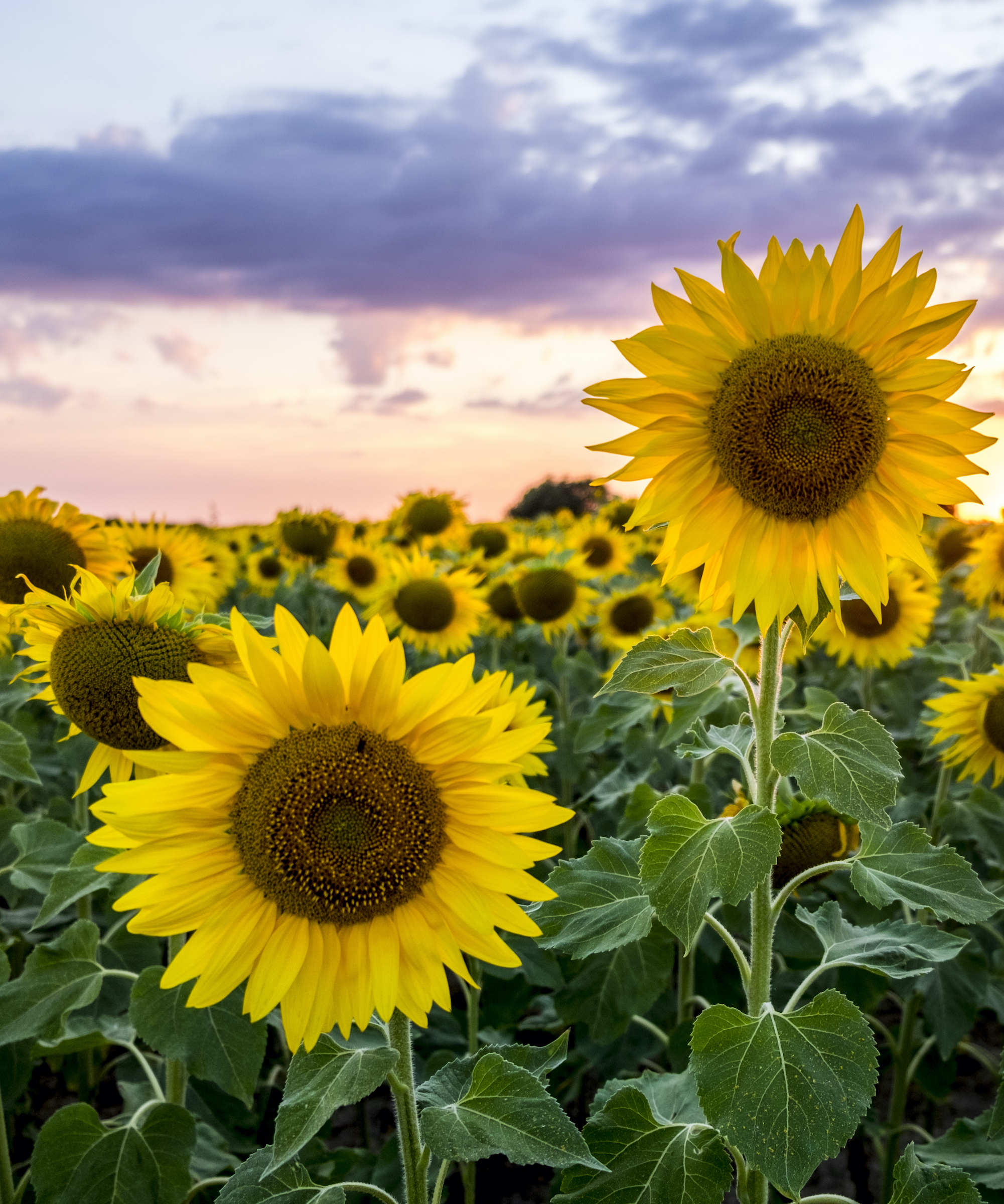
Learning how to grow sunflowers is one of the best options for beginner gardeners. Not only are they easy to grow from seeds (the Seed Needs Sunflower Seeds from Amazon will also help you attract hummingbirds in your backyard), they make a real statement next to a fence or garden.
“Not only are sunflowers cat-friendly plants, but wildlife like bees and butterflies love them as they provide plenty of nectar,” Matthew says.
As well as this, the large flower heads will provide shade to your cats and something for them to play with.
4. Asters (Aster amellus)
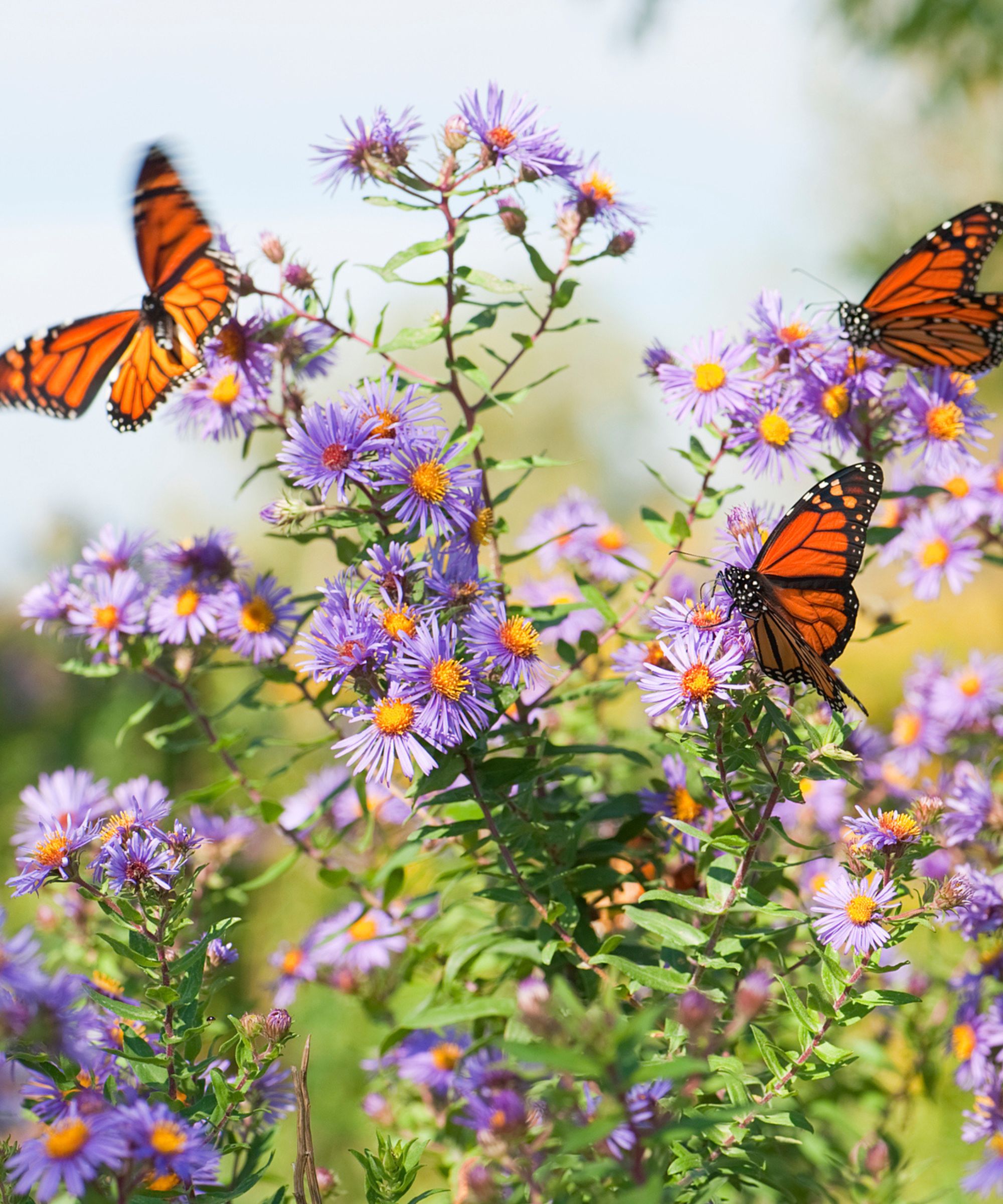
Asters are a valuable addition to any backyard scheme, as they look great in borders or as garden path ideas.
“The fuzzy flowers also make a great resting spot for wildlife, so they can gather important pollen, which they’ll also spread around the rest of your backyard,” Matthew explains.
They come back every year if planted in a sunny spot (and will do fine even in part-shade), but their best feature is probably the fact that they provide color when most other things have finished blooming, often well into October.
5. Rosemary (Salvia rosmarinus)
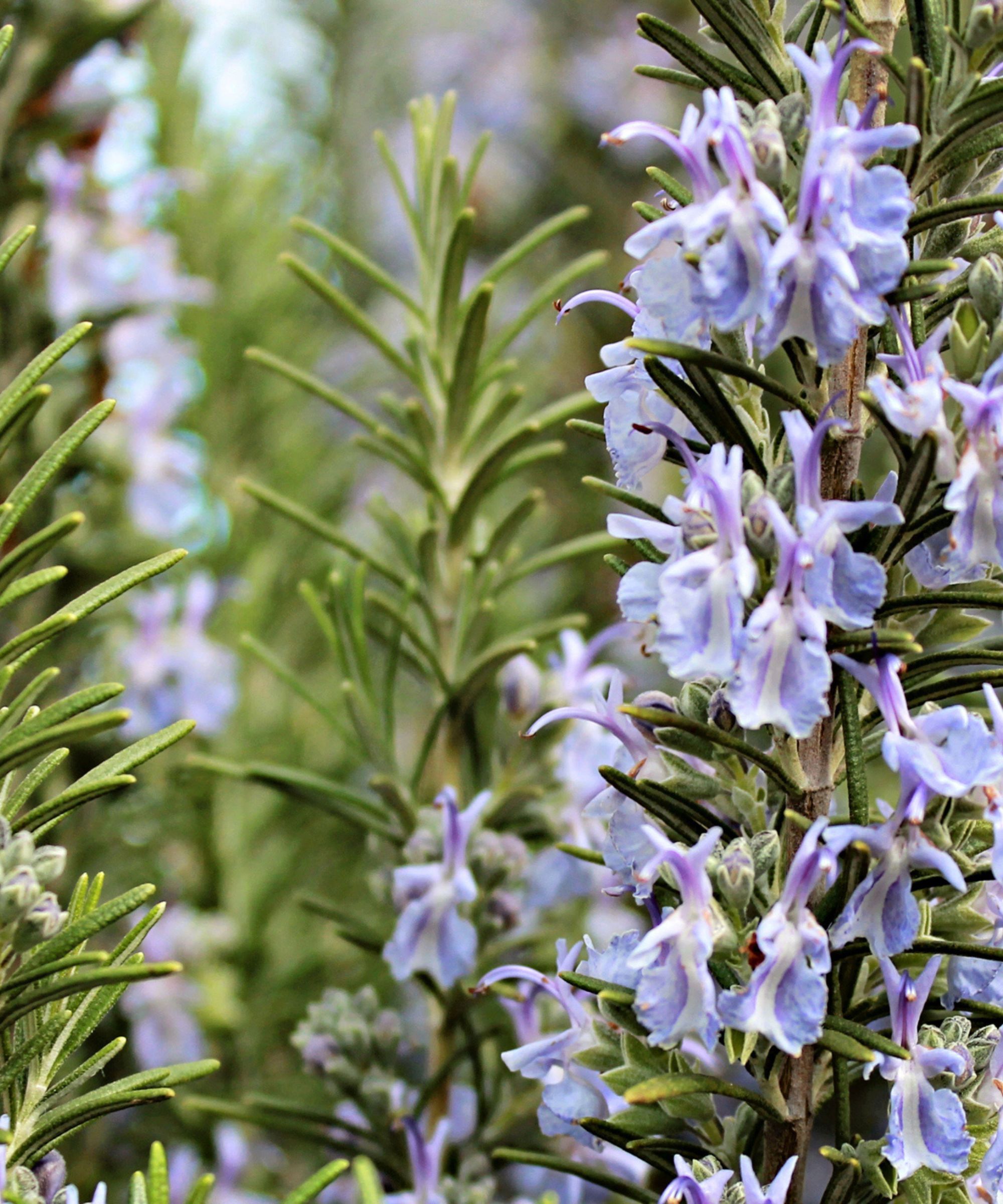
Not all felines like the scent of rosemary, but they'll at least have a sniff of this plant that's safe for cats, and those that are interested and taste the plant won't be harmed in any way.
“A perennial herb, rosemary can live in a pot both at home and outside - its only demands are resting in direct sunlight and weekly watering,” explains Anastasia Borisevich, plant expert at Plantum.
She continues, “You could take advantage of its yearly repotting schedule to transplant your garden rosemary into a windowsill pot.”
“It might bloom in early winter and is always there to season your meals as well as to scent your space,” she adds.
In fact, rosemary can even be beneficial for cats struggling with digestive issues. If your cat has had a stomach issue and is nibbling on rosemary, it's a good sign as it's likely they are instinctively seeking out a medicinal plant.
Rosemary is also one of the best drought-tolerant plants, so if you live in a dry area and have a cat, it's definitely one to consider.
6. Cosmos (Cosmos bipinnatus)
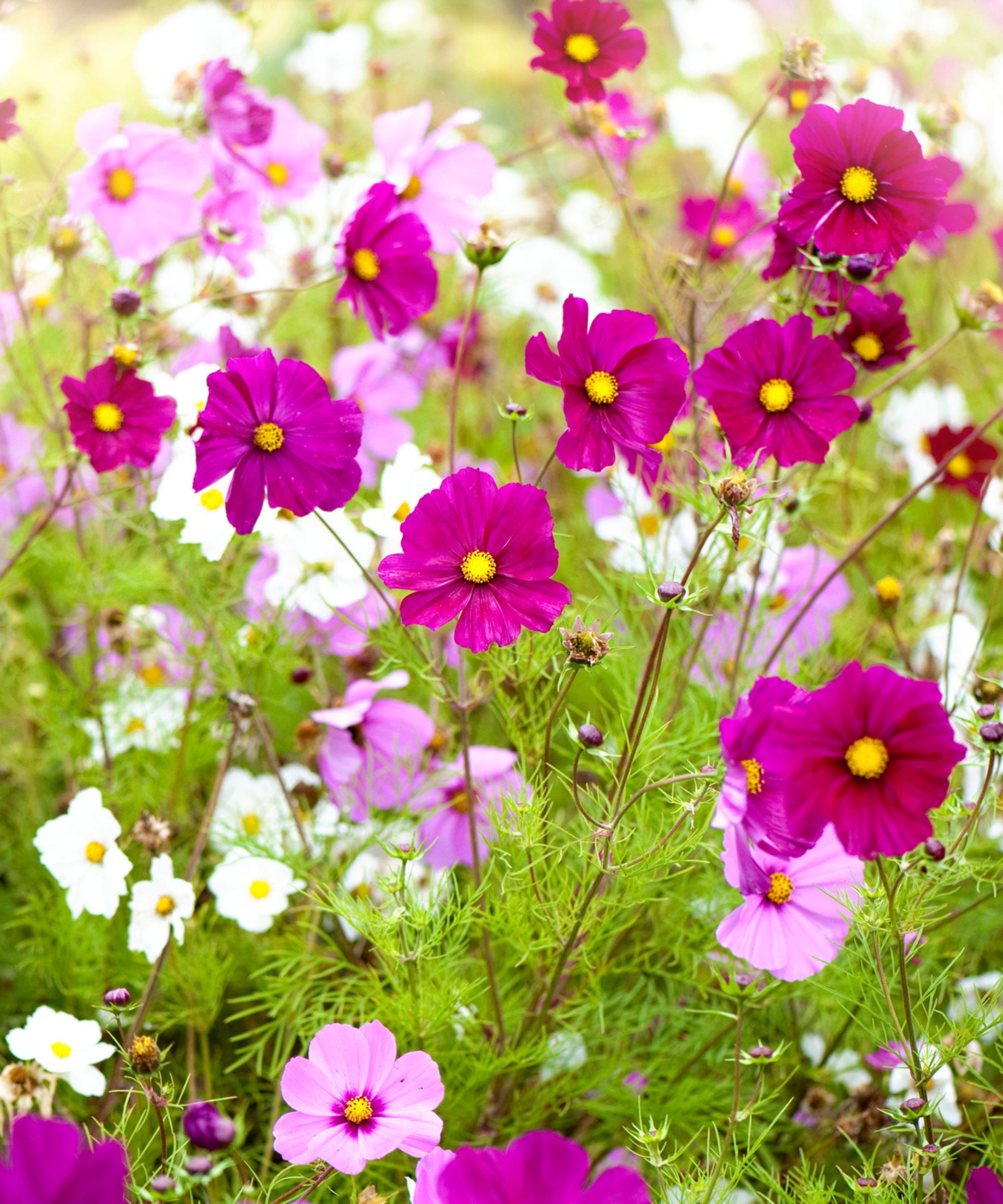
This pretty, bright annual that comes in attractive shades of pink, white, and red.
“These flowers grow tall, have feathery petals, and are easy to care for once you place them where they’ll get plenty of sunlight,” Matthew says.
Cats are unlikely to nibble on them as they're not very fragrant, but they won't come to harm if they do.
They're best brought into garden border ideas, so your cat can walk around the flowers rather than stepping on them.
7. Valerian (Valeriana officinalis)
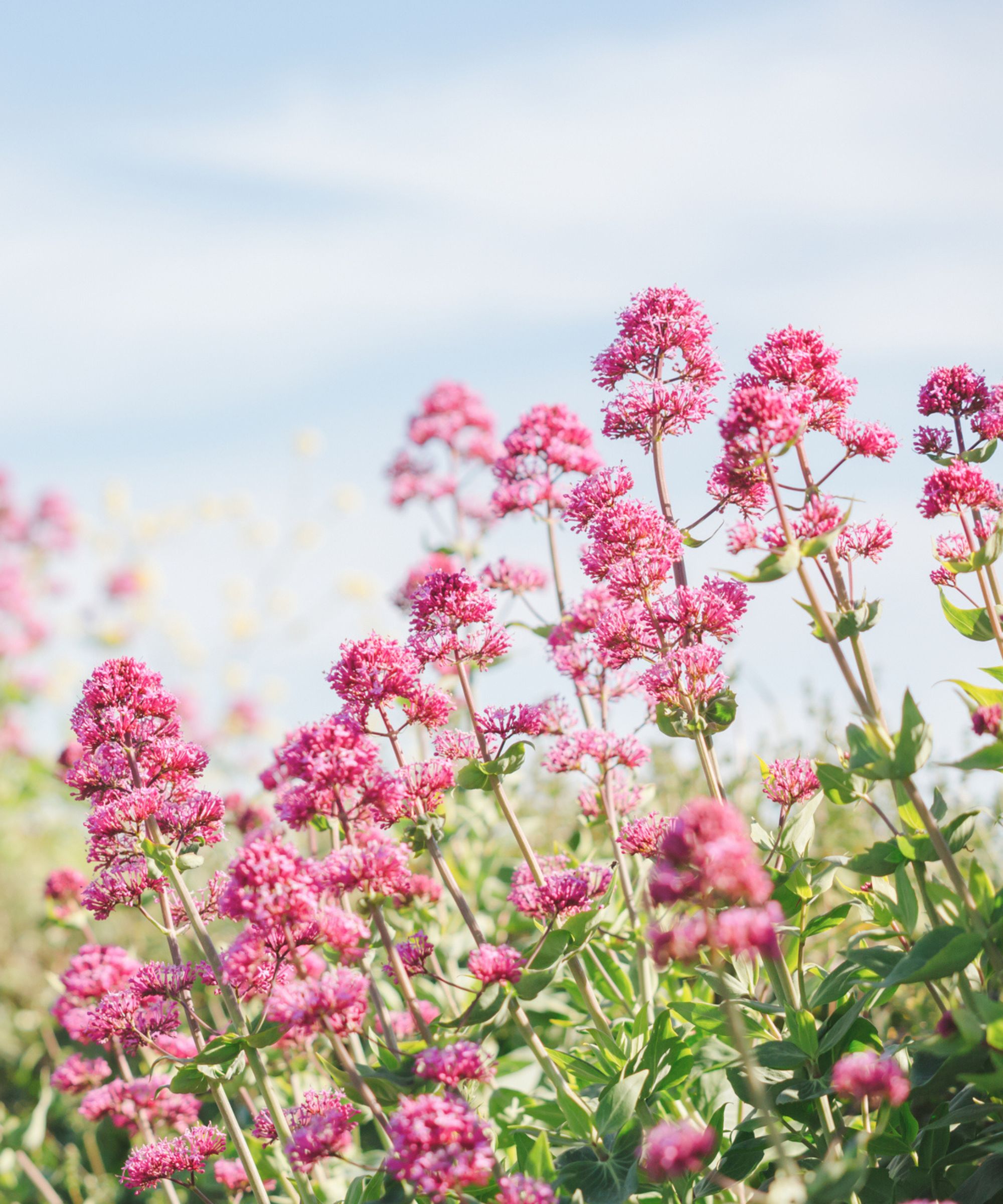
Valerian, much like catnip, induces euphoric hyperactivity in cats which interestingly, is the opposite effect from the one this plant has on humans.
It is somewhat unfairly neglected as a garden plant, but its bright pink blooms are very pretty.
If you're creating your own wildlife garden, its beautiful blooms are also beloved by pollinating moths and butterflies.
8. Snapdragon (Antirrhinum)
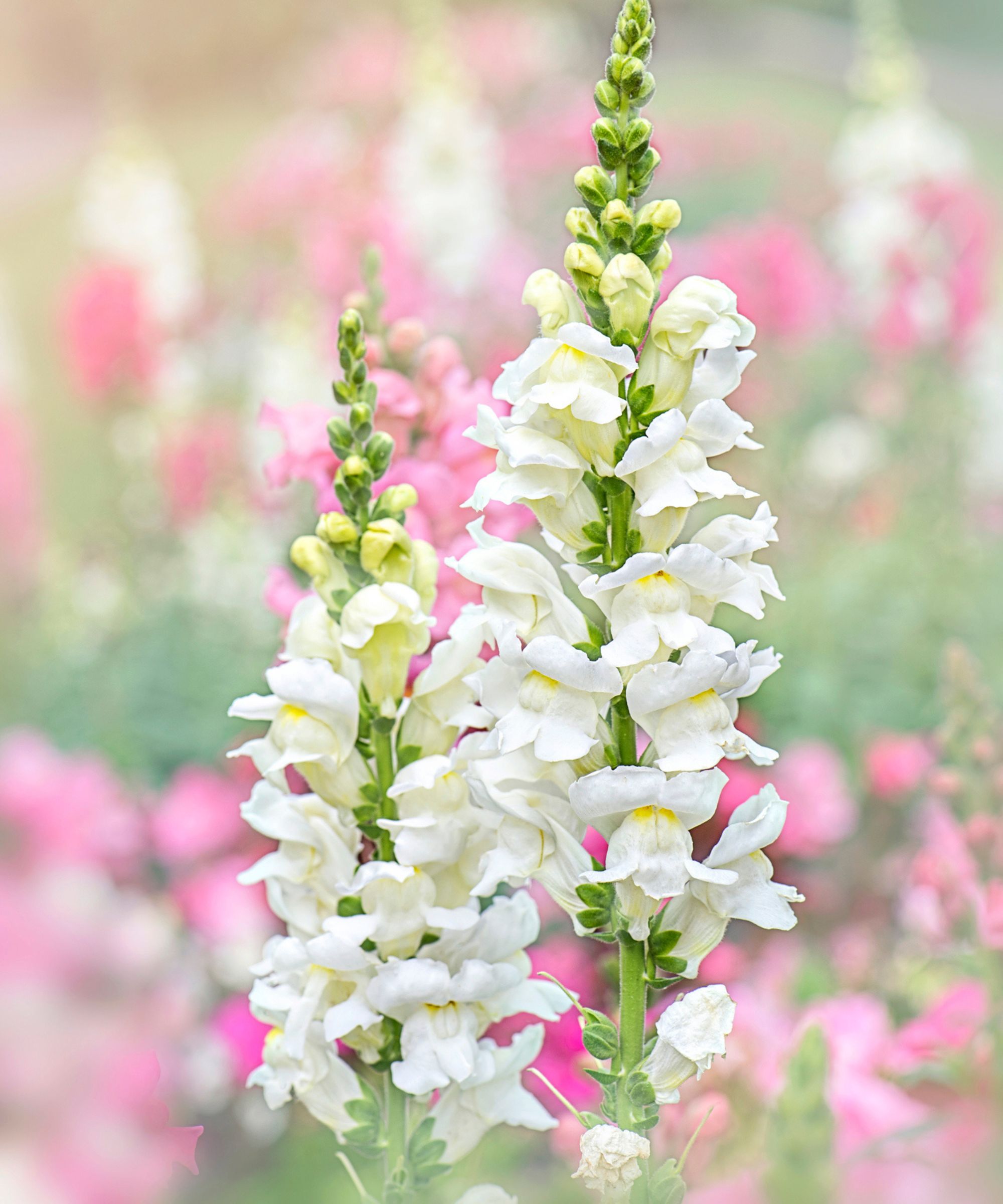
Fill out your mixed containers with the stunning snapdragon plant, which is one of the plants that are safe for cats.
“Snapdragons are available in many colors, and their slim narrow special form flower really brings out the childish joy in any garden,” Matthew explains.
They love cool conditions, so he suggests getting the most out of them by planting them in early spring or in the fall.
9. Zinnias (Zinnia violacea)
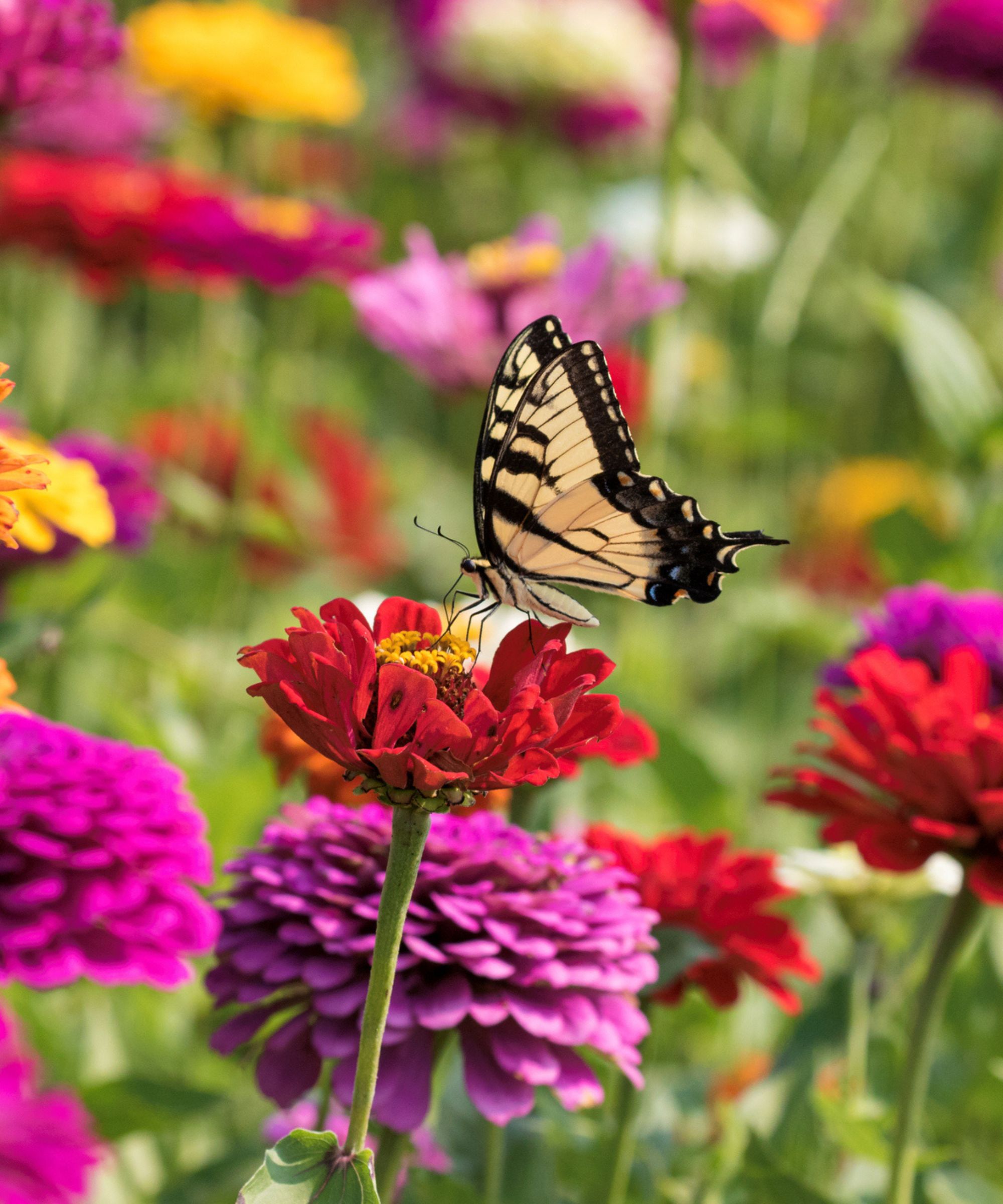
If you want to start a cut flower garden, zinnias should be at the top of your list of flowers to plant.
“If you’re growing vegetables in a small backyard, you can even place them between these to attract more pollinators,” Matthew suggests.
Easy-care annuals, they produce showy, bright flowers that make great accents in bouquets.
10. Jasmine (Jasminum officinale)
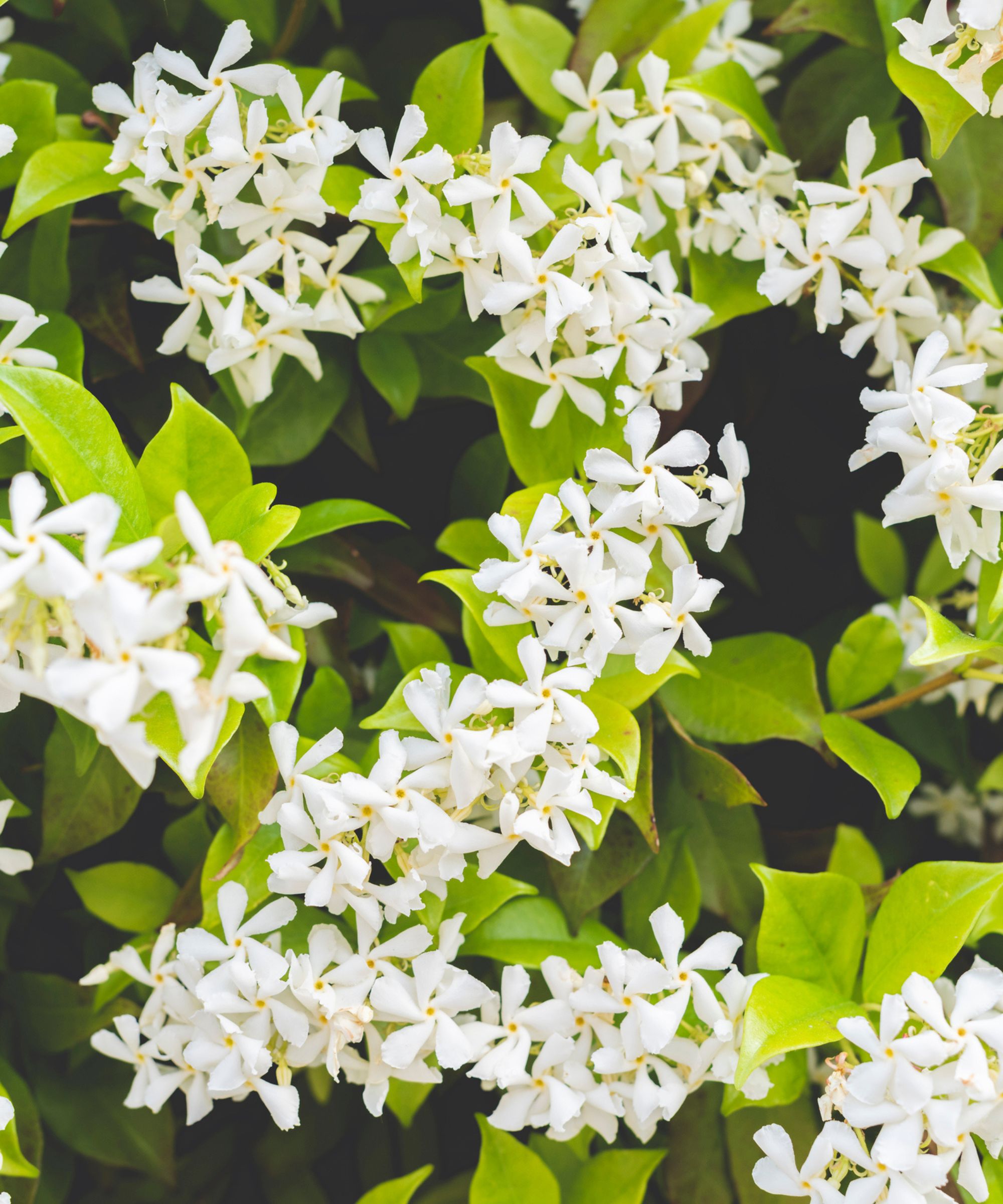
True jasmine is completely safe for cats and will add a gorgeous, heady fragrance to your yard during the summer.
Just make sure not to confuse jasmine with night jasmine, which is actually a different plant species (Cestrum nocturnum) and is toxic to cats.
11. Basil (Ocimum basilicum)
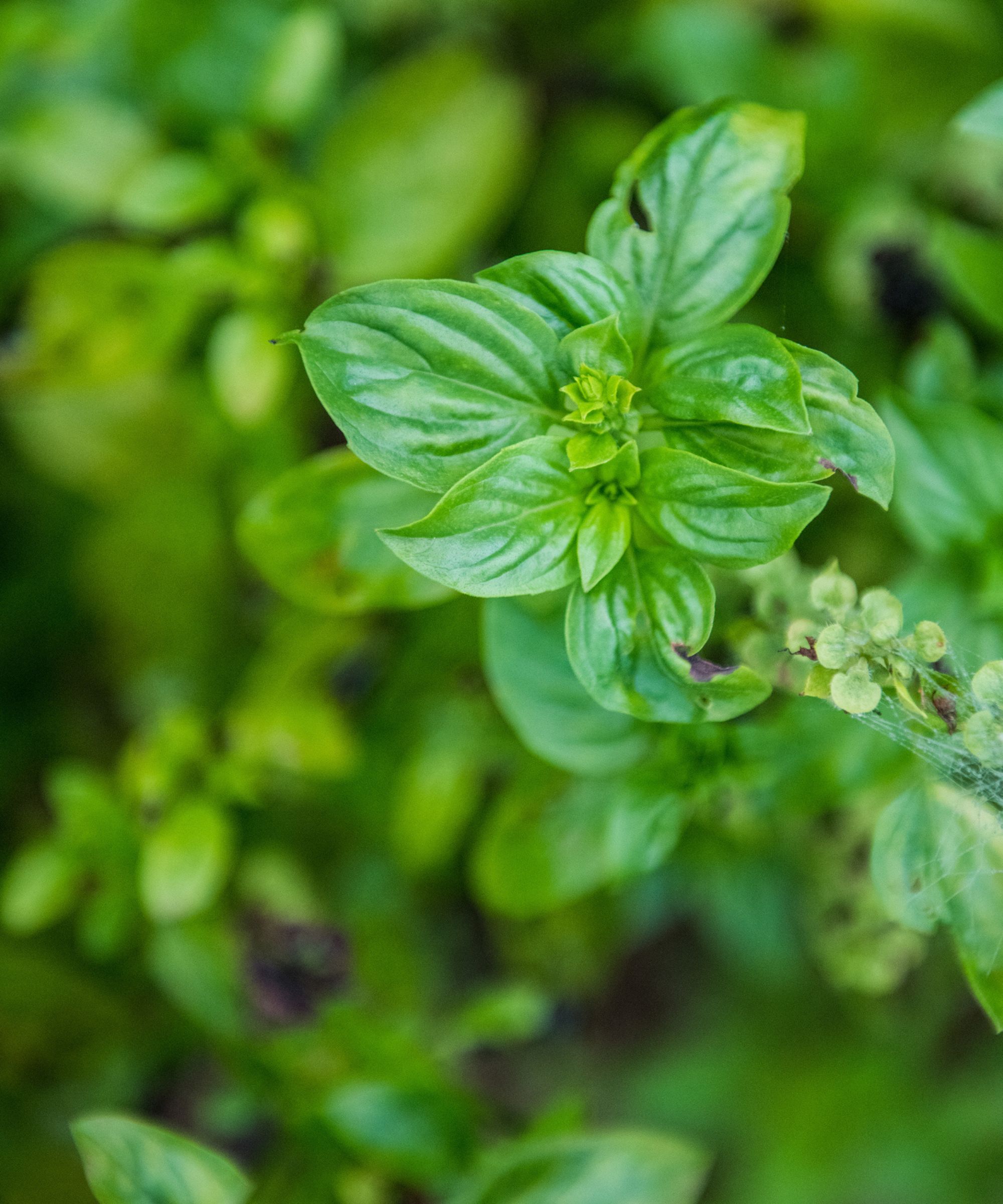
Close in spirit and lifestyle to the rosemary, Anastasia says beautiful basil is a fragrant and edible sun-lover, as well as being one of the best plants to repel pests.
Anastasia explains, “It’ll ask for more frequent watering (every 2–3 days) and won’t require repotting.”
“At the end of its growing season, it’ll also bear seeds you might want to replant at the beginning of a new one,” she adds.
You can grow basil plants from grocery stores, such as with the Fresh Produce Shenandoah Basil Plant from Walmart which is organic and GMO-free.
Then, you can pick the leaves off whenever you need to freshen up salads, pasta dishes, and even pizza.
12. Wild chives (Allium schoenoprasum)
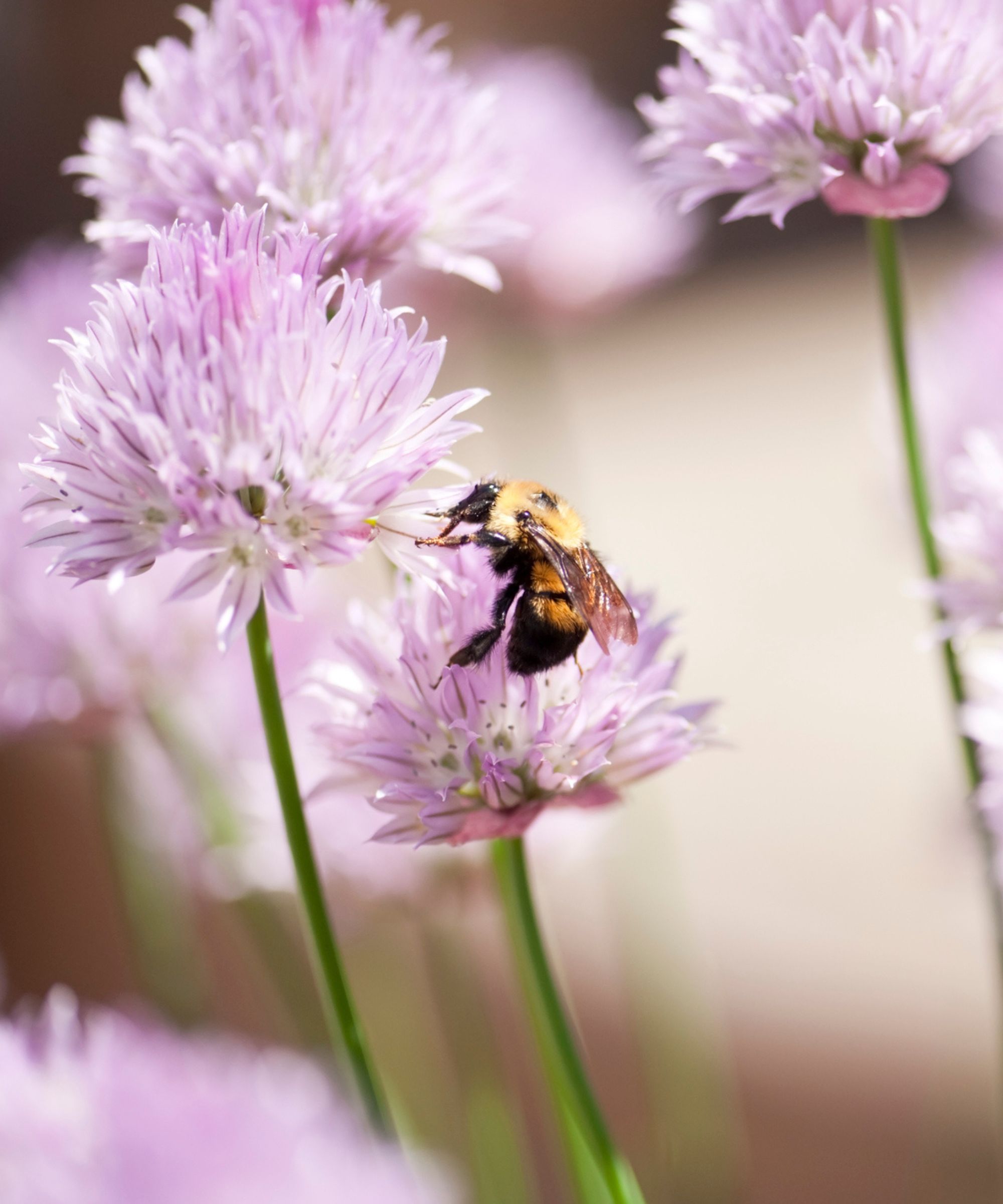
While the Chinese chives plant (Allium tuberosum) is toxic to your pets, the wild chives plant (Allium schoenoprasum) isn’t.
“What is great about it compared to rosemary and basil is that it’ll drop seeds and come back to life on its own,” Anastasia explains.
“It’ll outgrow its pot, though, so you’d better find a collection of stylish planters in different sizes for it in advance,” she says.
For example, the Fabulas Self-Watering Planters from Walmart come with five planters that are all different sizes and have drainage holes, too.
Gardening essentials kit
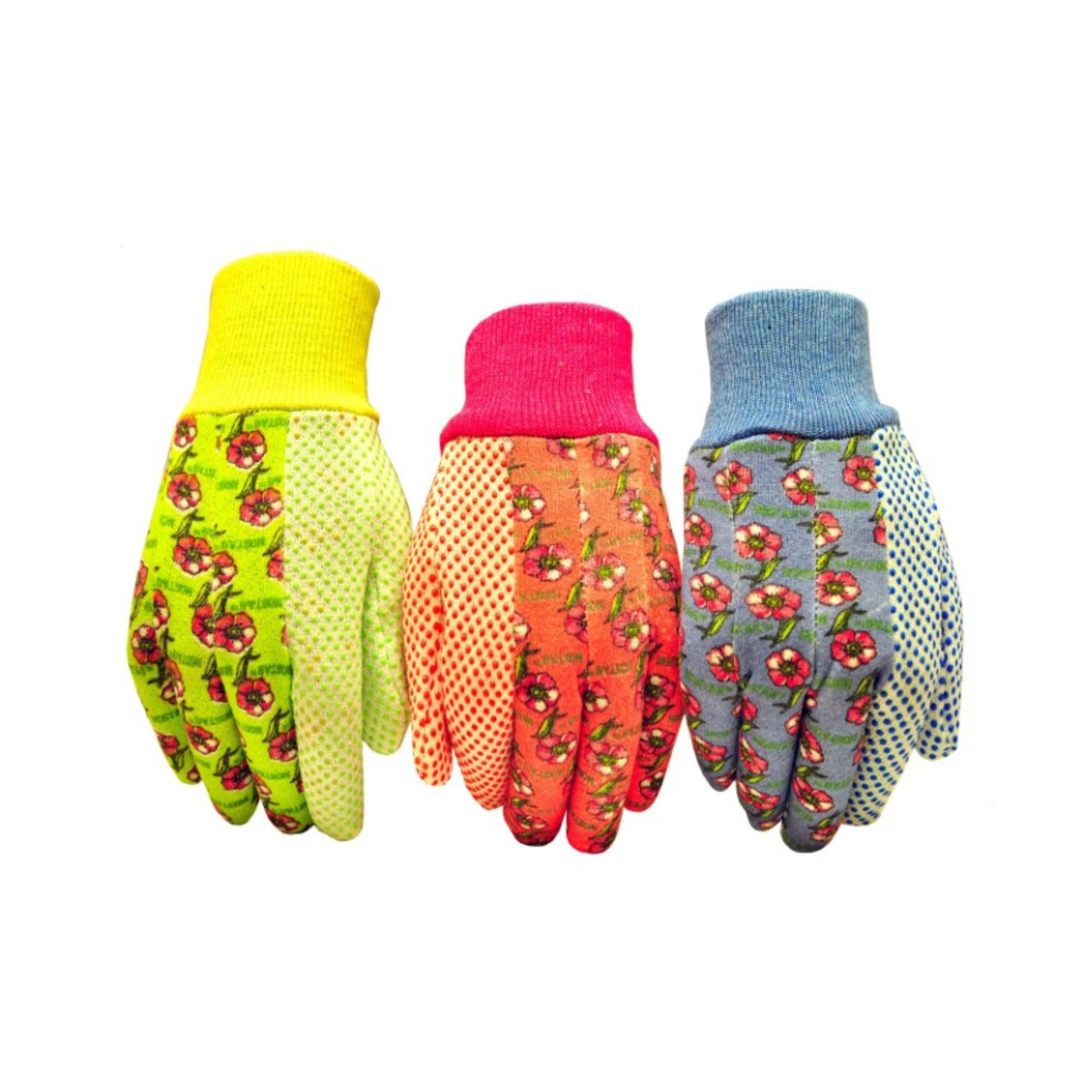
Size: Medium
Made from: Cotton
Price: $12.61 for three
When adding plants that are safe for cats to your backyard, you're going to need a strong pair of gloves to ensure that your hands stay protected while gardening. The PVC dots on these will allow for extra grip and offer protection from thorns and thistles. They also dry very quickly.
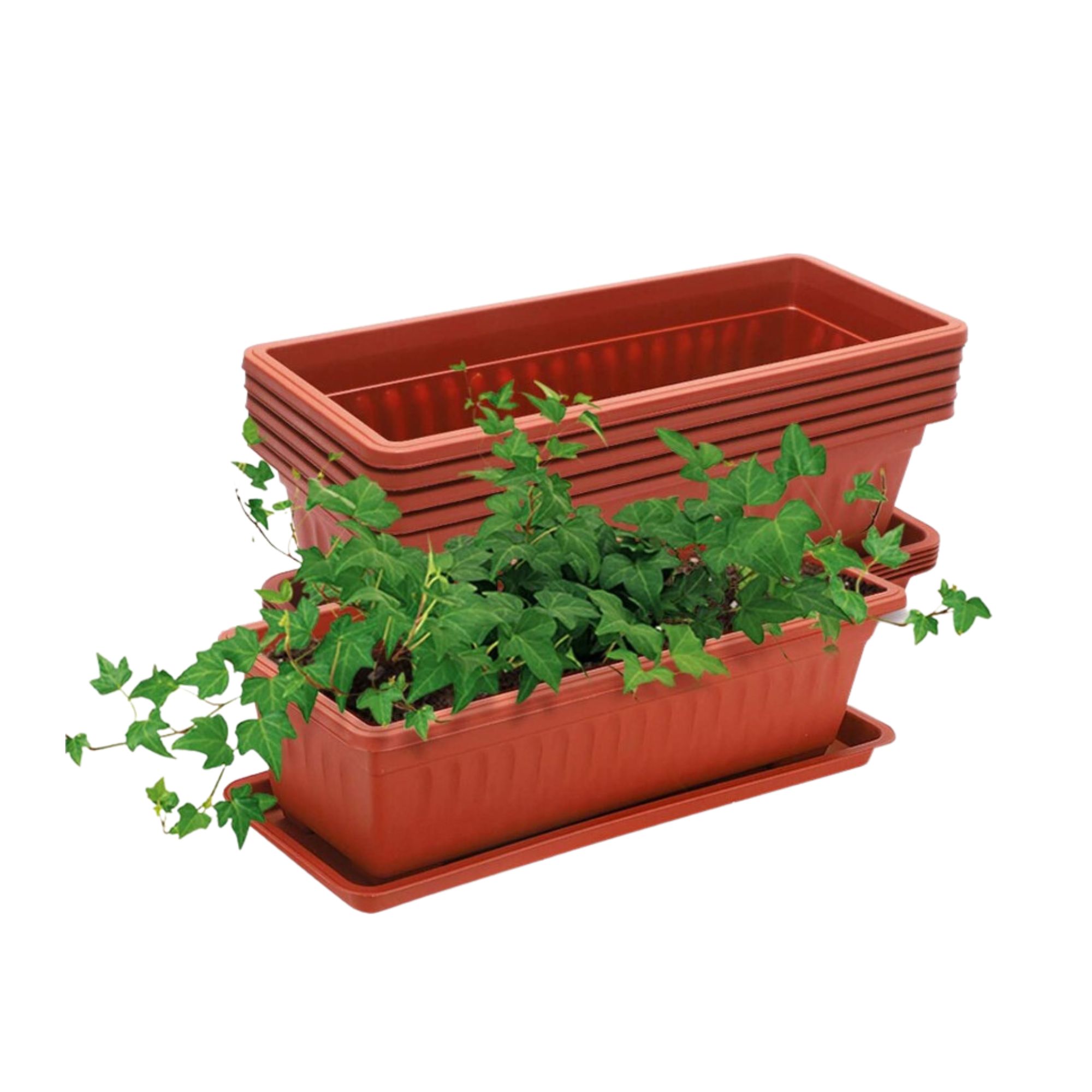
Size (in.): H4.9 x W15.7 x D6.3
Made from: Plastic
Price: $17.99 for six
Before putting your cat-friendly herbs flowers into the ground, I recommend growing them in a smaller container like this first and then transferring them out when they're stronger and more resilient. The rectangular shape of these makes them ideal for placing on window ledges, so you can maintain them by watering, fertilizing, and transferring when required.
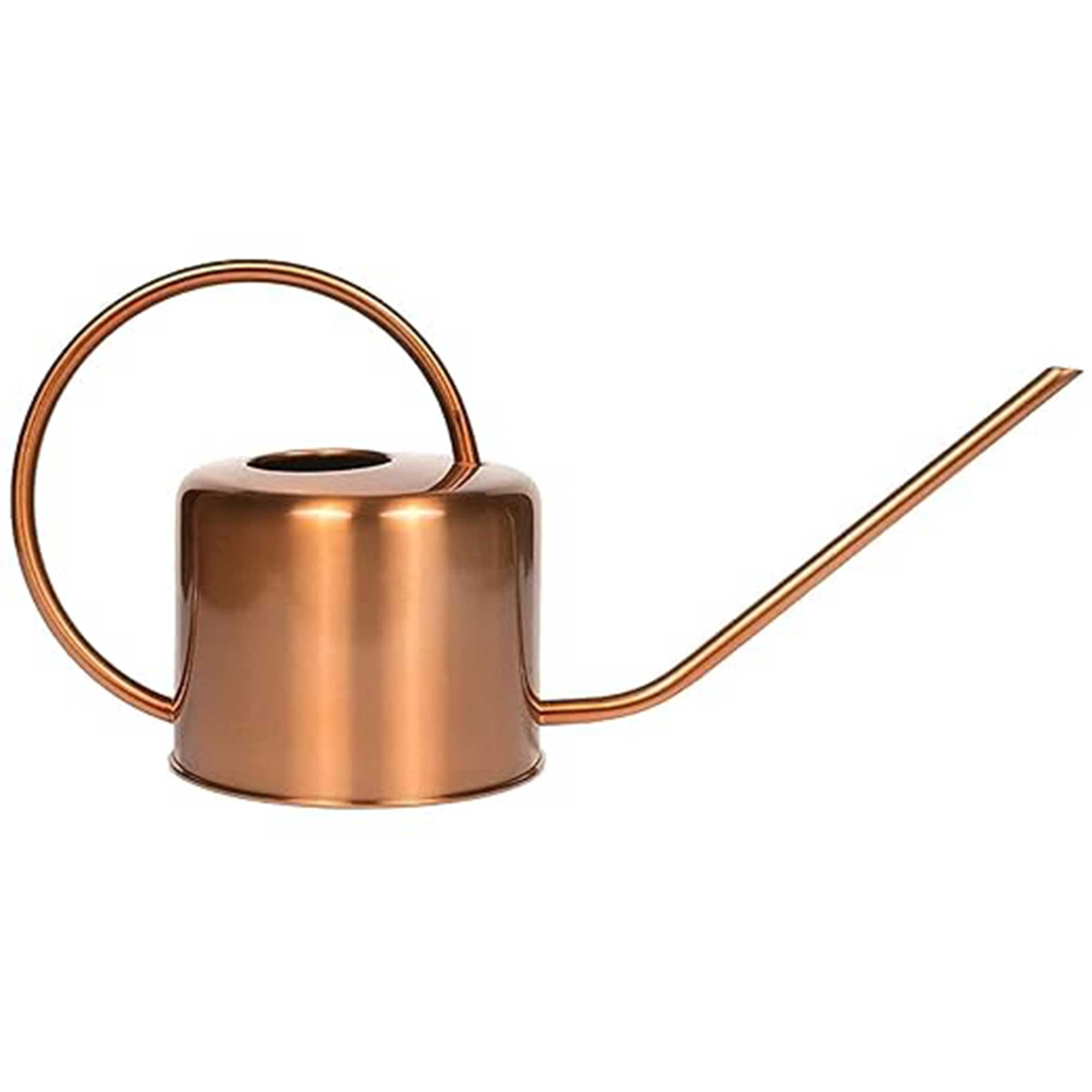
Size (in.): H5.5 x W9 x D15.5
Made from: Copper
Price: $32.99
Water your plants that are safe for cats in the chicest way possible by using this watering can that's also extremely clever. Copper is a natural heat conductor, which can help you regulate the temperature of your plants. Available in an elegant copper or cute teal design, this small watering can is ideal for adding feline-friendly flowers as small backyard ideas.
FAQs
What shrubs are cat friendly?
Bamboo, blue mist, bottlebrush, olive, foxtail, and crape myrtle are all considered to be cat safe. Rose bushes are not toxic but they can be a problem because of the thorns. Jen Stark, a master gardener and founder of Happy DIY Home, also doesn't recommend "any plants with thorns because they will cause injury to your cat."
For a more comprehensive list of non-toxic plants, it's worth looking at the ASPCA Toxic and Non-Toxic Plants List.
What can I use in my garden that's safe for cats?
It's a good idea to choose a pet-friendly fertilizer such as seaweed concentrate, which you can use to make plants healthier.
Herbicides and insecticides should never be used since they may harm your cat.
Because cats are drawn to the smell of dung, bone, and blood meal, it is strongly advised to utilize such materials with caution as they may be dug up, rolled in, or even eaten.
What will happen if my cat ingests a toxic plant?
Even if your fluffy friend isn’t interested in chewing on fleshy leaves, Anastasia says it can dig in soil or accidentally ingest poisonous pollen.
“As plants contain different toxic substances, symptoms of plant poisoning may vary from slight gastrointestinal problems to seizures,” she explains.
“However, the most common signs include drooling, vomiting, and diarrhea,” she adds.
If your pet shows similar symptoms, Anastasia says to identify the name or take a photo of the possibly eaten plant and call a vet. You can also call the APCC 24-hour emergency poison hotline at 1-888-426-4435.
Once you've identified the outdoor plants that are safe for cats, it's worth finding out the houseplants that are not toxic for cats, too.
Join our newsletter
Get small space home decor ideas, celeb inspiration, DIY tips and more, straight to your inbox!

Hi there! I’m the former content editor at Real Homes and I'm now a freelance journalist.. I've been a lifestyle journalist for over five years, previously working as an editor across regional magazines. Before this, I graduated from Nottingham Trent University a degree in journalism, along with an NCTJ gold diploma. For Real Homes, I specialized in interior design, trends and finding the best viral buys.
-
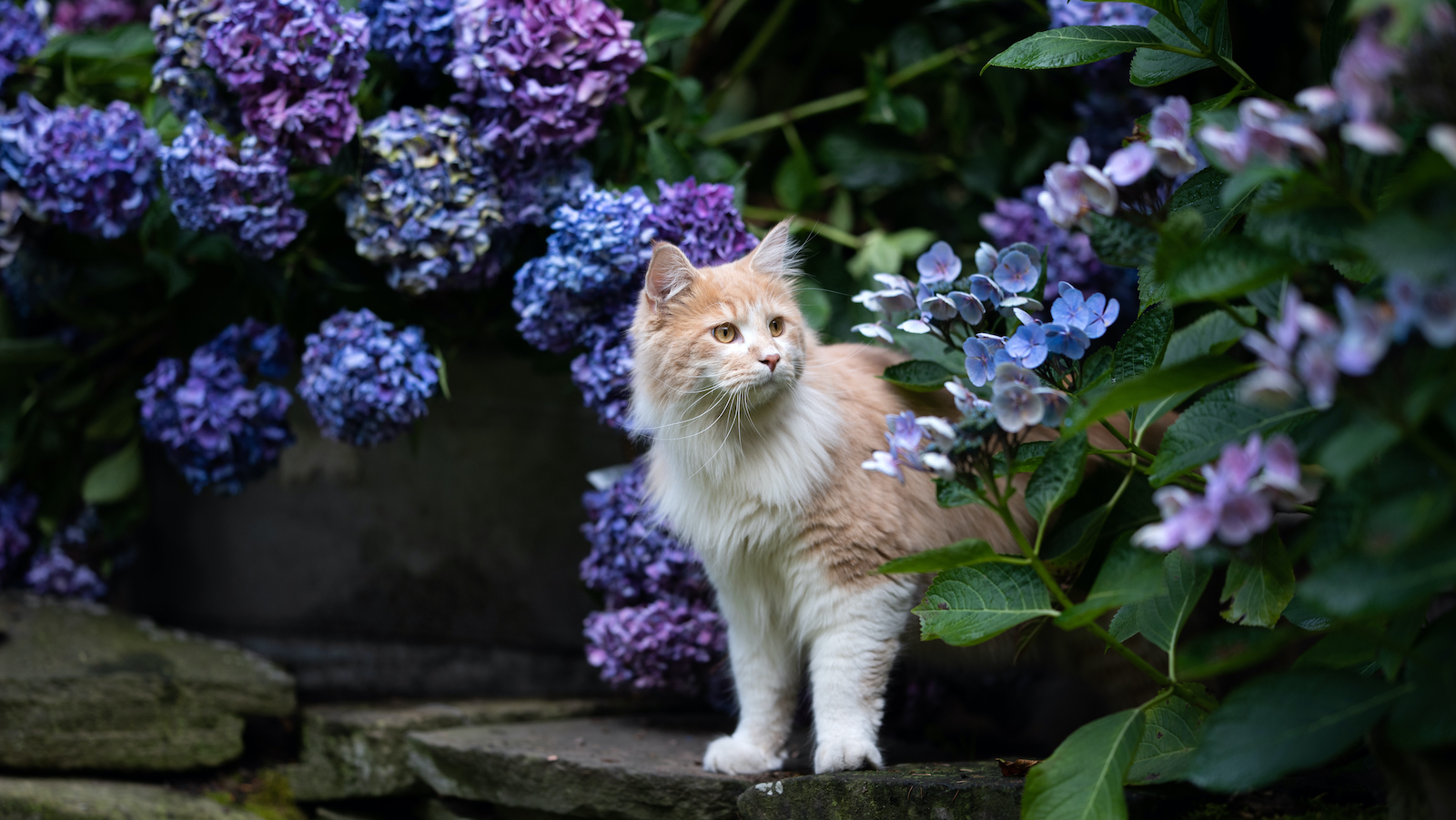 Are hydrangeas poisonous to cats? Gardening experts share their intel
Are hydrangeas poisonous to cats? Gardening experts share their intelAre hydrangeas poisonous to cats? Our expert gardener reveals what plant parents need to know about having cats and other pets around these blooms
By Danielle Valente Published
-
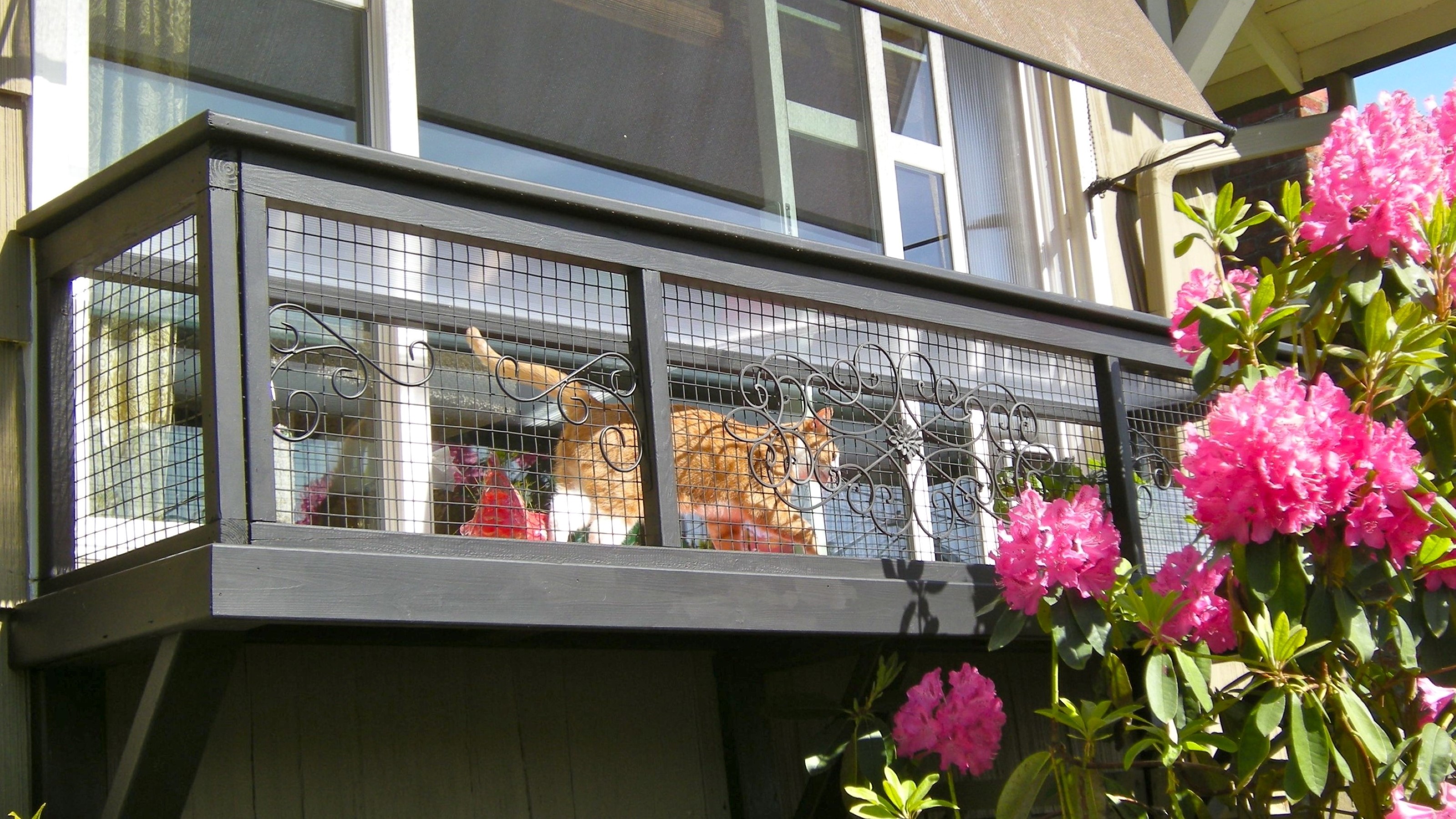 8 catio ideas for backyards of all sizes
8 catio ideas for backyards of all sizesThese stylish catio ideas will help keep your feline friend safe as they play in your backyard
By Anna Cottrell Published
-
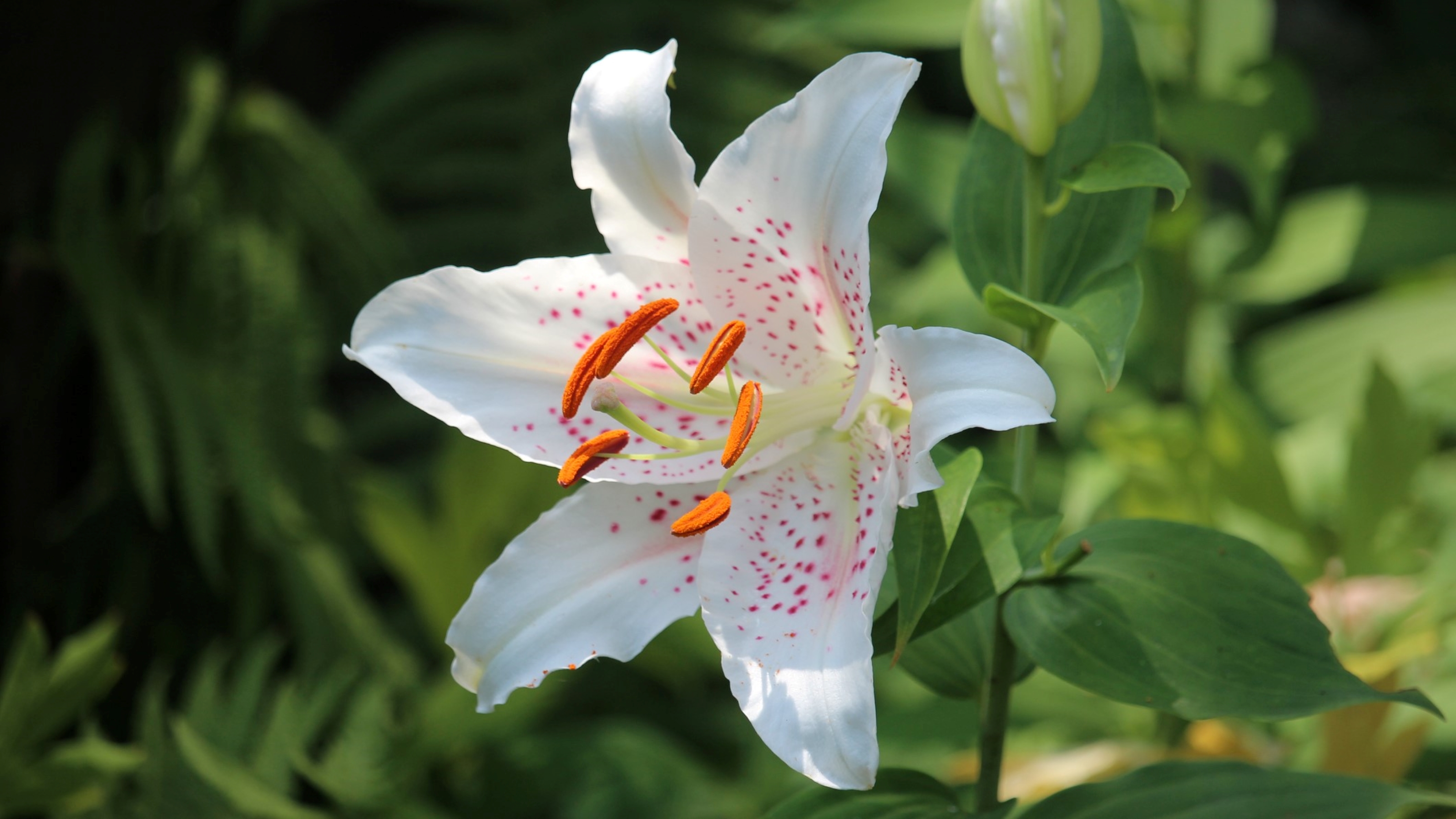 10 plants that are toxic to cats: flowers to avoid in your yard and home
10 plants that are toxic to cats: flowers to avoid in your yard and homeHave a feline friend? You might want to avoid these plants that are toxic to cats in your yard and home
By Anna Cottrell Published
-
 Lidl's selling a grrrreat dog sun shade – and we've found 4 more
Lidl's selling a grrrreat dog sun shade – and we've found 4 moreProtect your four-legged friend from the rays this summer. These are the dog sun beds they want
By Sarah Warwick Published
-
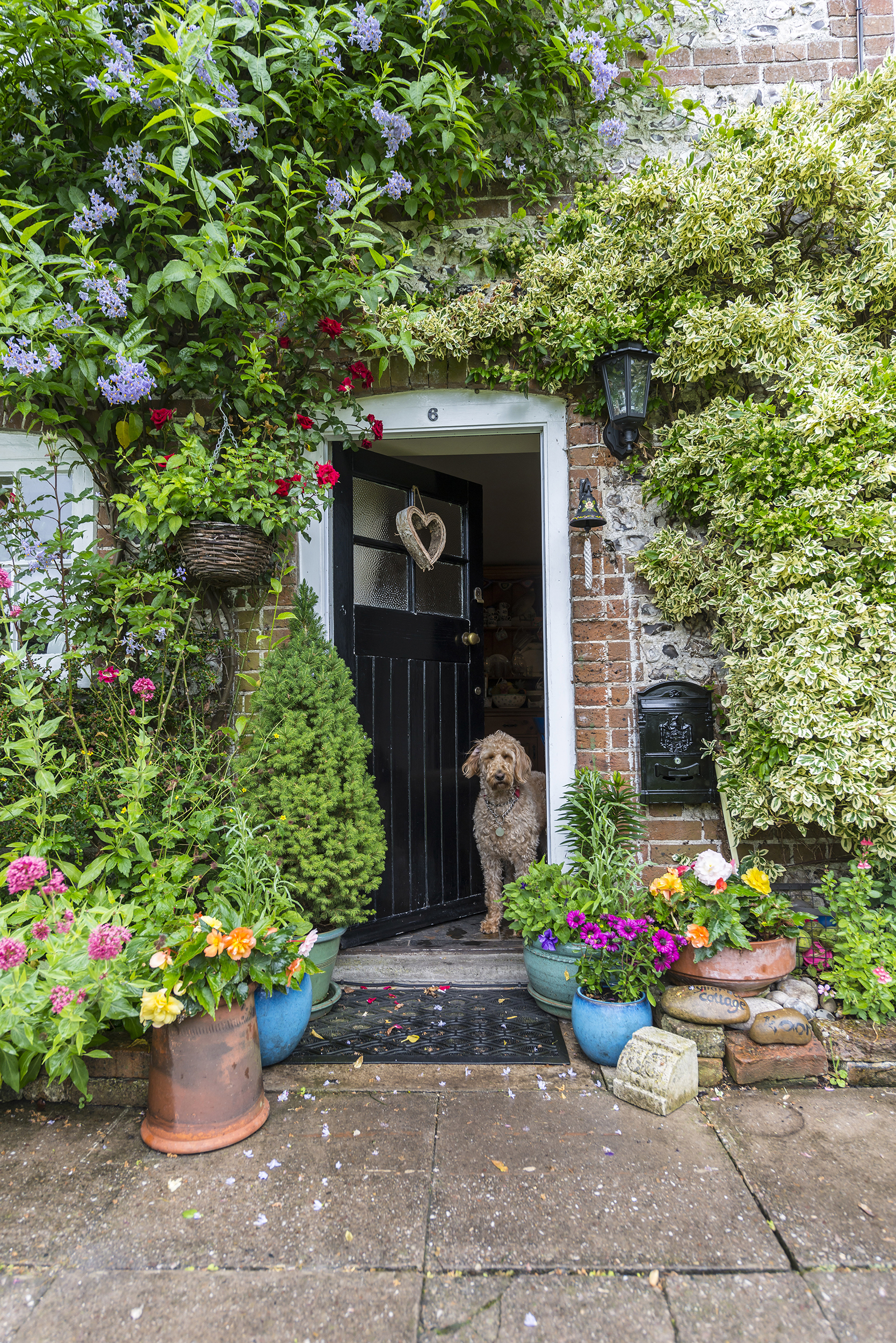 Poisonous plants for dogs: avoid them and keep your garden dog friendly
Poisonous plants for dogs: avoid them and keep your garden dog friendlyWonder what poisonous plants for dogs to watch out for? Keep your garden safe for your pet by avoiding these common poisonous plants – and planting dog-friendly ones
By Anna Cottrell Last updated